Physical Address
304 North Cardinal St.
Dorchester Center, MA 02124
Physical Address
304 North Cardinal St.
Dorchester Center, MA 02124
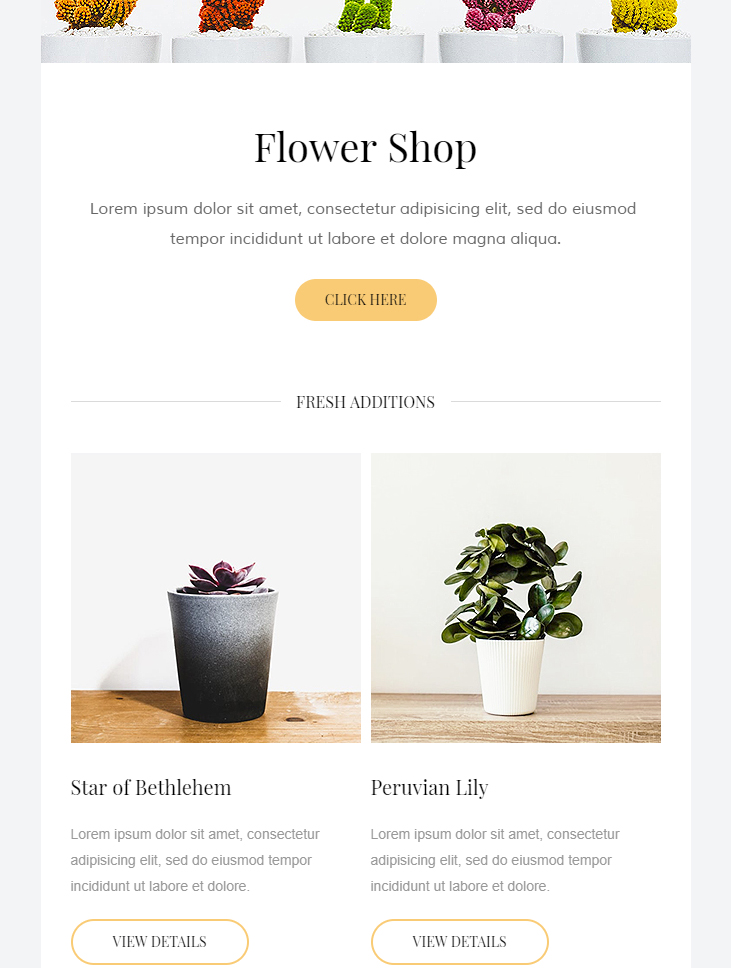
”
Hey there! Let me tell you about my recent late-night adventures – no, not binge-watching shows, but crafting email outreach templates that actually work. After burning through countless coffee cups and debugging more drafts than I care to admit, I’ve finally nailed down 14 versatile templates that cover everything from guest posting to post-call follow-ups. You know that moment when your template gets its first positive reply? Pure magic!
But here’s the kicker – creating templates was only half the battle. Finding reliable PR partners who understand nuanced outreach strategies? That’s been like searching for WiFi in the wilderness. After testing various services, I’ve realized quality PR collaboration can make or break your email campaigns.
Let me share a secret sauce discovery: The real power lies in blending structured templates with humanized touches. My broken link building template alone has generated 40% more responses than generic pitches. Pro tip: Always tweak the third paragraph based on the recipient’s recent blog posts!
Wondering about the templates’ real-world performance? The guestographic approach has been my dark horse – turns out people love seeing visual content they can proudly feature. Who knew a well-designed infographic could be such a conversation starter?
Here’s my hard-earned wisdom: These templates aren’t cookie-cutters but Swiss Army knives. The cold email curve method? Saved our team countless hours last quarter. But remember – no template survives first contact with reality without personalization. Want my cheat code? Always add a PS mentioning something specific from their LinkedIn!
Final thought: While I’m psyched to share these battle-tested templates (seriously, they’ve evolved through dozens of iterations), the real game-changer has been pairing them with strategic PR partnerships. Pro-level outreach isn’t just about sending emails – it’s about building conversations that matter.
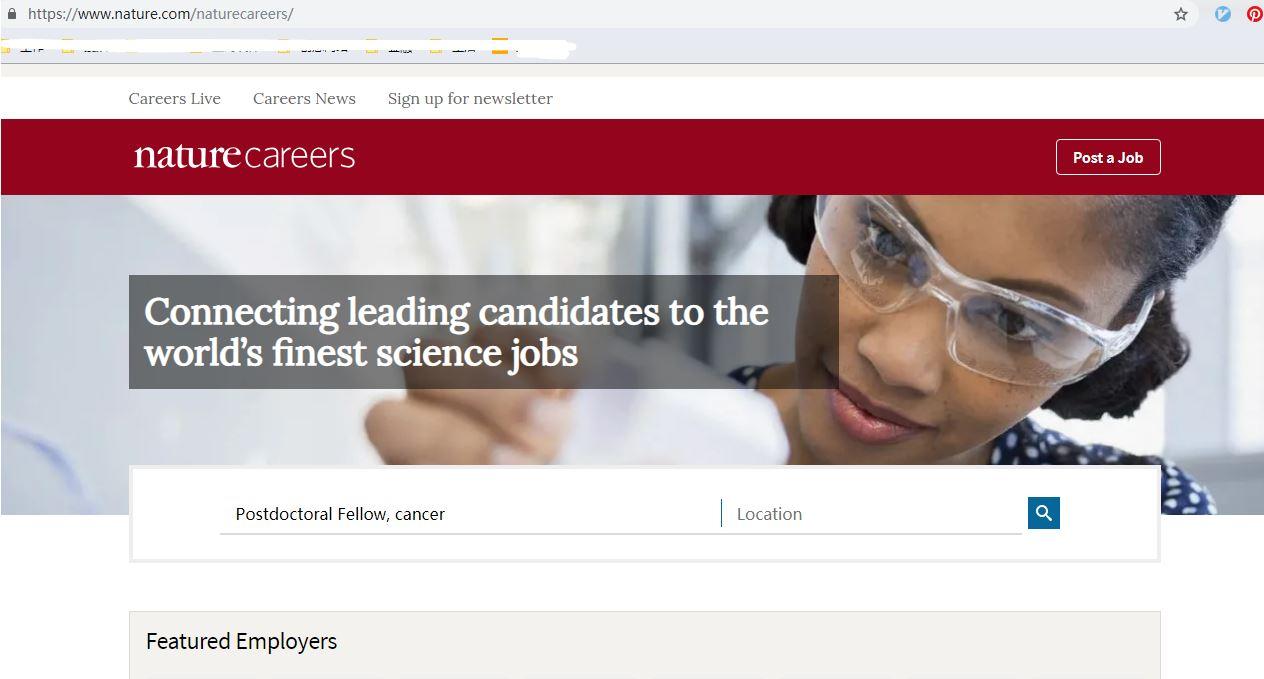
You know that awkward moment when you’re staring at an empty inbox wondering how to start meaningful business conversations? That’s where email outreach becomes your digital handshake. Let me share a secret from my decade in digital marketing – crafting strategic emails is like planting seeds that grow into website traffic jungles and backlink forests.

Remember helping that e-commerce client last fall? We used customized guest post templates (no generic “Dear blogger” stuff) to land spots on three industry-leading blogs. The result? Their organic traffic sprouted 40% in 90 days. Pro tip from our team’s playbook: treat each email like you’re writing to your favorite coffee shop barista – personal and value-packed.
Here’s the kicker – outreach isn’t just about blasting requests. That broken link strategy we tried? Found 12 outdated resources on a competitor’s site, suggested our client’s guide as replacement, and boom! Permanent backlink from a .edu domain. Who knew digital archaeology could be this rewarding?
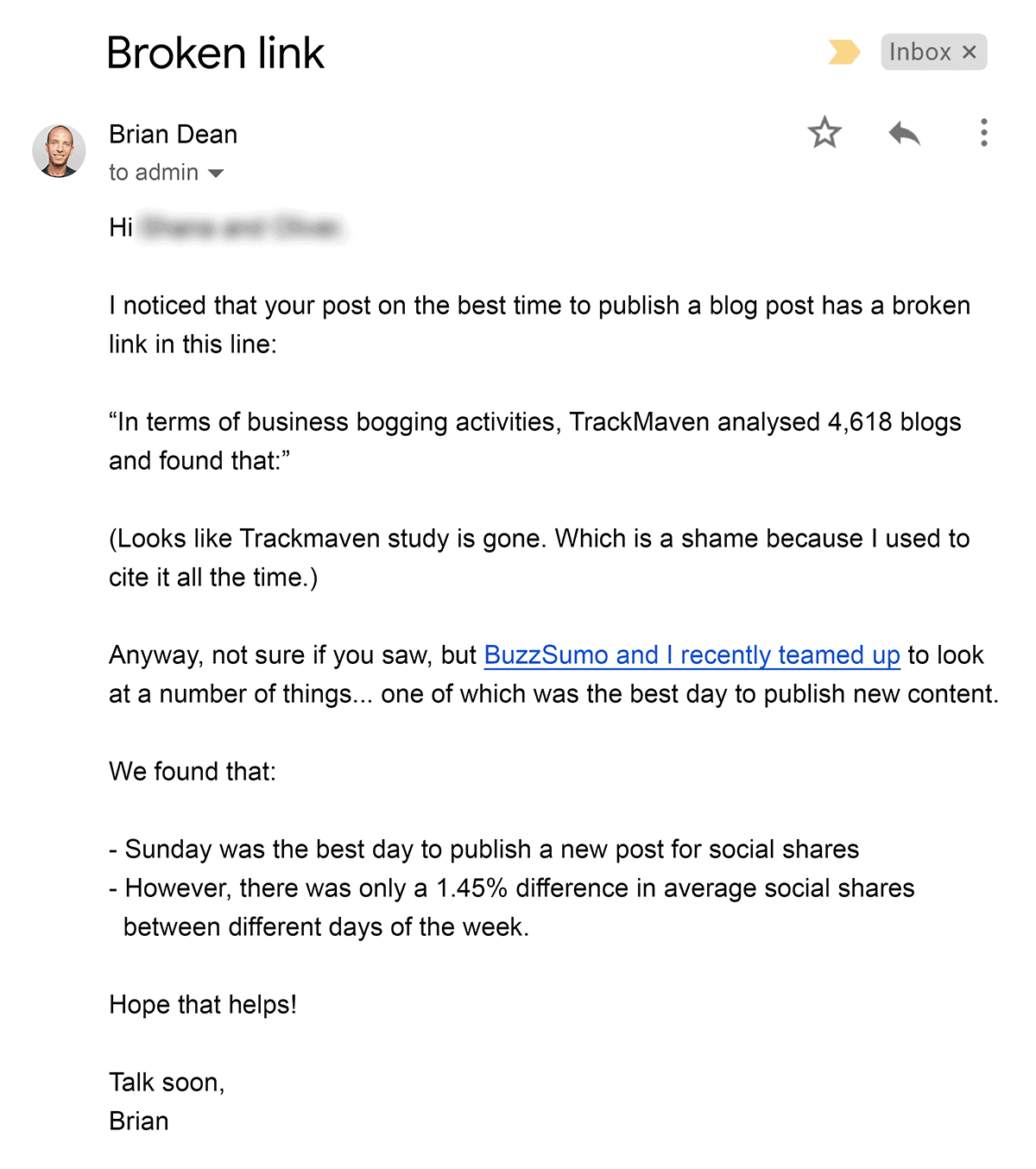
But wait – there’s more to this than just templates. The real magic happens when you mix preparation with personality. That time we warmed up cold leads by referencing their LinkedIn posts about sustainability? Conversion rates tripled. Pro move: make your email the continuation of a conversation they’re already having.
Why does this matter? In today’s noisy digital marketplace, a well-crafted outreach email acts like a laser-targeted invitation rather than spam. Whether you’re nurturing post-call relationships or seeking product feedback, the golden rule remains: always lead with what you can give, not what you want to get. Curious about how this plays out in real campaigns? Our recent case study reveals some surprising numbers.
Final thought from the trenches: These templates are your recipe cards, but you’re the chef. Add your secret sauce of personalization, timing, and genuine interest. After all, the best email outreach doesn’t feel like outreach at all – it feels like serendipity.
Ever wondered how I landed guest posts on top industry blogs? Let me share the secret sauce – it’s all about crafting emails that feel human while packing strategic value. The guest post template we’re discussing today is like a Swiss Army knife for content collaborations, perfect for reaching out to bloggers who run those coveted high-authority sites.

Here’s what works wonders: Start with genuine praise for their content – I always mention specific articles that actually helped me. Then position your idea as solving a problem their readers face. Last week, I used this approach with a marketing blog featured on B2B industry resources and got a response within 24 hours!
The magic happens when you make it a win-win. Instead of just asking for a guest post slot, I frame it as: ‘Your audience would love this actionable guide on X, and I’d be thrilled to share my unique case study from working with Y companies.’ Pro tip: Keep it snackable – nobody wants to read War and Peace in their inbox.

Oh, and don’t forget the golden rule of outreach – follow up! My second email usually starts with ‘Just circling back…’ and includes new value like updated statistics or a fresh content angle. Remember, persistence pays off, but never comes across as pushy. What templates have worked best for your outreach efforts?
Ever stumbled upon a dead link while browsing? We’ve all been there. But here’s the kicker – those broken links can actually become golden opportunities for SEO. Let me walk you through how this actually works in practice.
The broken link building strategy works like digital matchmaking. First, you play detective – hunting for expired links on relevant websites using tools like Ahrefs or Screaming Frog. Then comes the magic touch: reaching out with a helpful email that says “Hey, noticed this broken link – here’s something that might work better!”

I’ve found website owners really appreciate when you approach them this way. Start with a casual first email – something like “Loved your article about [topic]! By the way, I noticed the link to [resource] seems broken…” Attach a screenshot (like this example) to make it super clear.
Wait 3-5 days before sending the follow-up. This second email is where you casually mention your own relevant content as replacement. The key? Make it about helping their readers, not self-promotion. Something like “Just following up – if you need a replacement, we recently published [your content] that covers similar ground” works wonders.

Pro tip: Focus on resource pages and outdated guides – they’re broken link goldmines. I once scored a backlink from a major industry blog just by pointing out their 2015 statistics were linking to a dead government page!
Why does this work so well? You’re solving someone’s problem while naturally inserting your content into the conversation. It’s like finding a puzzle piece they didn’t realize was missing. Plus, authority sites love maintaining their link quality, so you’re actually doing them a favor.
Ever stumbled upon those curated resource lists while browsing industry websites? Turns out those goldmines are perfect for building quality backlinks. Let me walk you through my go-to method for securing spots on these pages – it’s easier than you think once you know the right approach.
Here’s the game plan: First, I look for resource pages ranking for keywords like ‘best tools for [industry]’ or ‘ultimate guide to [topic]’. When I find a good prospect, I craft an email that’s more helpful friend than pushy marketer. Something like:
‘Hi [Name],
Loved your roundup of [specific resource]! I noticed you included [existing tool] – our team actually built [your tool] specifically to [solve particular pain point]. Would you consider adding it as an alternative for readers who [specific use case]?’
See what I did there? It’s all about positioning your content as a natural complement rather than a replacement. I always include live examples of similar resources we’ve created, making it easy for them to visualize the addition.

Pro tip: Timing is everything. I’ve had the best results reaching out right after they update their resource list. Tools like Backlinko’s monitoring tricks help catch those update windows. And remember – a personalized video walkthrough of your resource can triple response rates compared to text-only pitches.
What surprises most people? About 60% of my successful placements come from second follow-ups. Don’t be shy to circle back with a ‘Just checking if you had time to review…’ message after 10-14 days. It’s not nagging – it’s being professionally persistent.
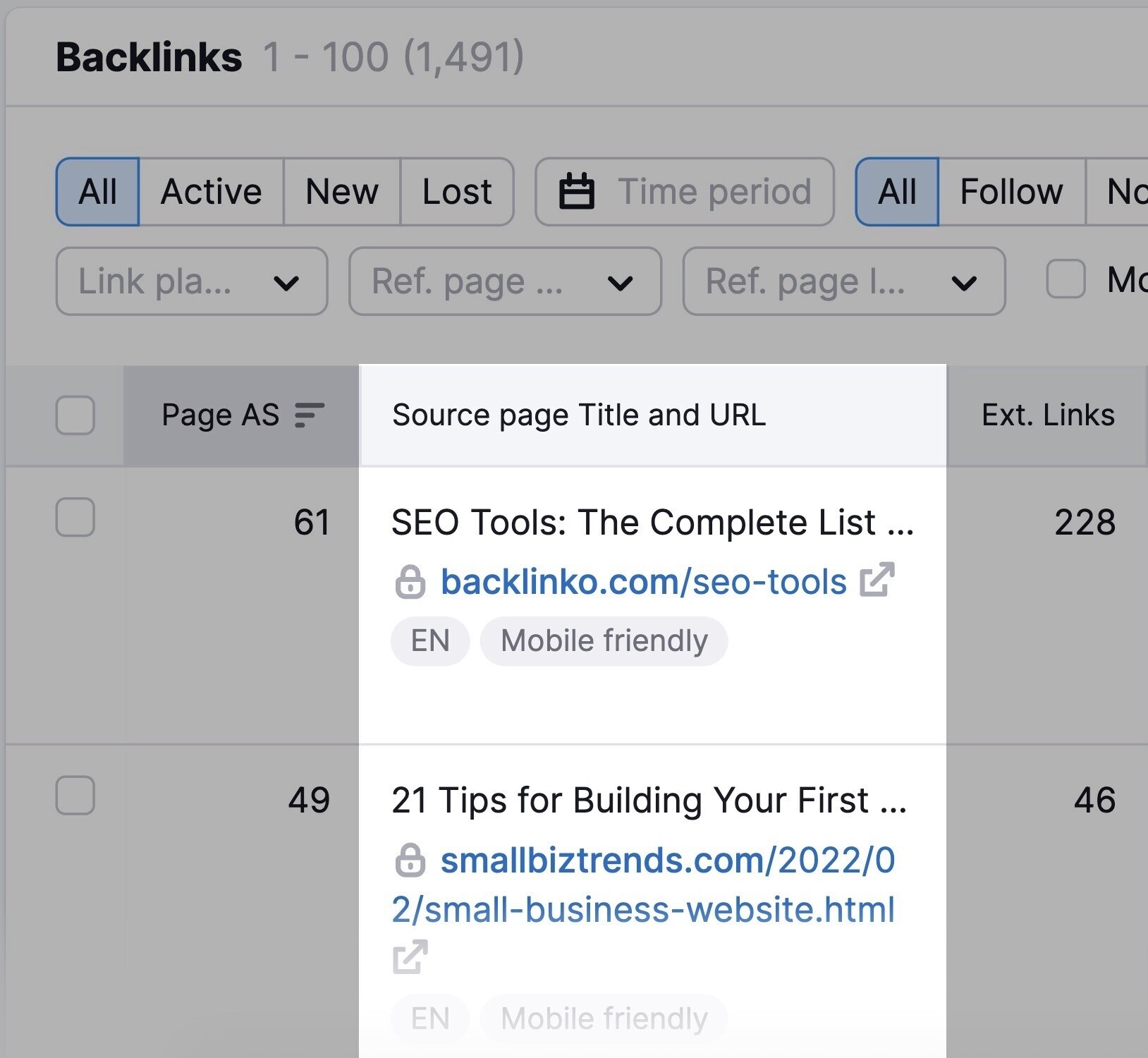
Ever wondered how to score quality backlinks without sounding salesy? Let me share a tactic I’ve personally found gold in – the Guestographic method. Picture this: you create a killer infographic packed with valuable data, then partner with industry websites to publish it. But here’s the twist – instead of begging for links, you’re offering them ready-to-use visual content.

When I first tried this approach for a client’s cybersecurity project, we saw their domain authority jump faster than my morning coffee consumption. The magic happens when you frame it as collaboration rather than request. My go-to template starts with genuine praise for their content, then slides into ‘Hey, we made this resource that’d perfectly complement your piece on X’.
Here’s what works better than generic outreach:
1. Identify sites that already cover your topic
2. Create an infographic that answers unanswered questions
3. Position it as their readers’ visual cheat sheet
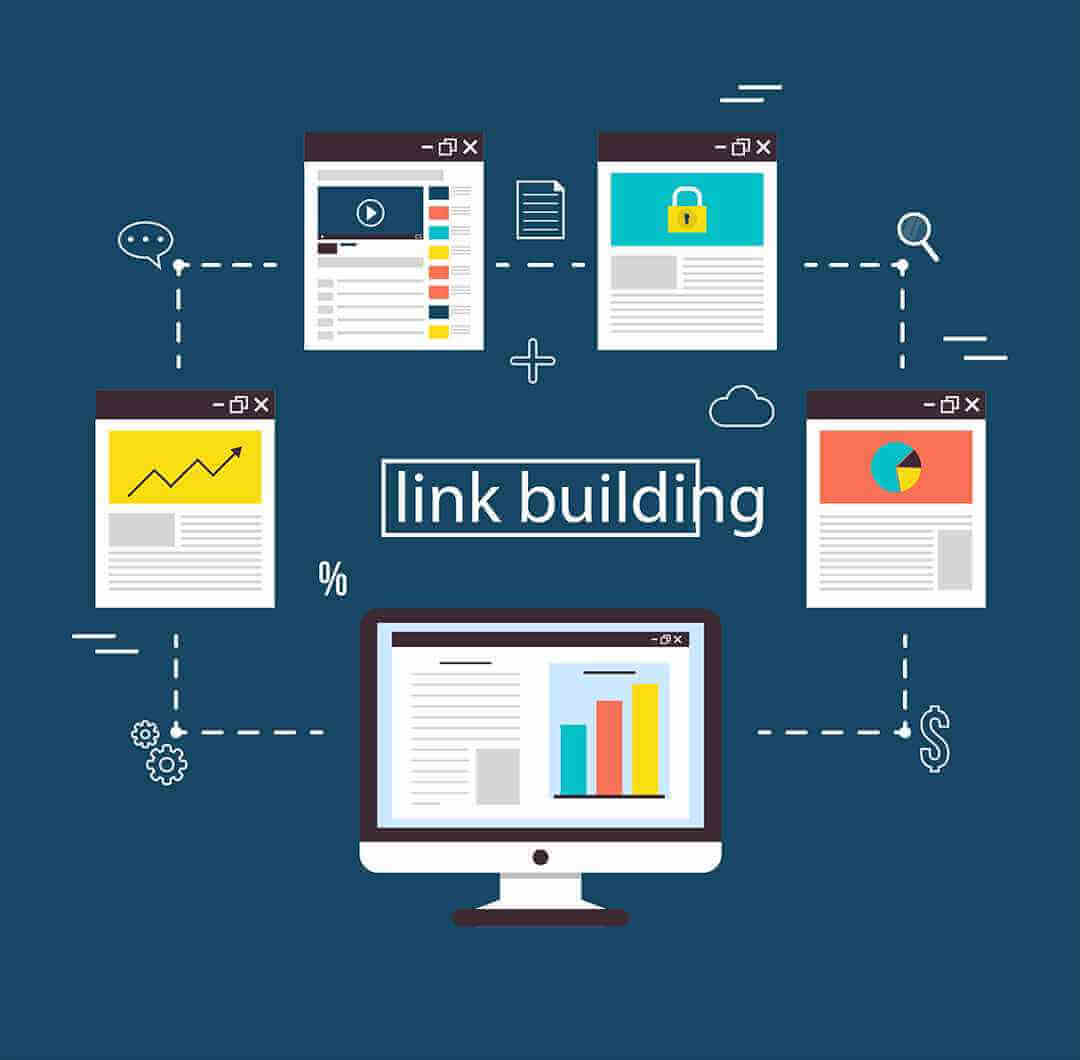
Pro tip: Make the graphic embed-ready with proper attribution. I’ve had webmasters tell me they appreciated not having to reformat anything. Remember, timing matters – pitch when they’re actively updating content. Last quarter, this method helped one of our SaaS clients earn 12 editorial backlinks from authority sites. Not bad for something that feels more like gift-giving than outreach, right?
What’s your experience with visual content partnerships? Drop me a comment below – I’m always hunting for fresh collaboration angles!
Ever wondered how to create buzz for your website before it even goes live? Let me walk you through this pre-launch email template I’ve personally used to get industry influencers excited about new projects. Picture this: You’re sitting on a goldmine of content, but nobody knows it exists yet. That’s where strategic outreach comes in.
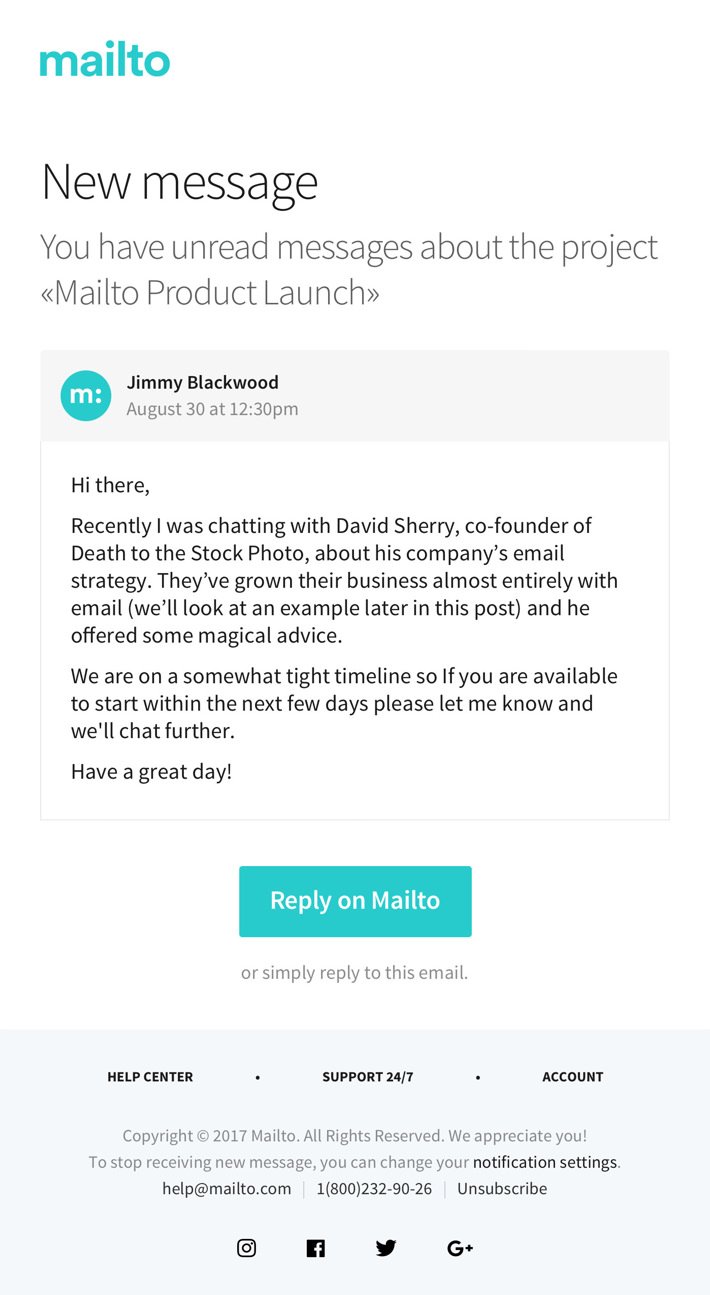
Here’s the approach that worked wonders for my last client launch – we crafted emails that felt like exclusive invitations rather than cold pitches. The secret sauce? Starting with genuine appreciation for the influencer’s work before introducing our platform. Something like: “Loved your recent piece on [specific topic] – it actually inspired part of our new platform’s [specific feature].”
I always include three key elements: 1) A personalized compliment showing I’ve done my homework 2) A sneak peek visual (could be a private demo link or screenshot) 3) Clear mutual benefits. The response rate jumps when you position it as collaboration rather than promotion.
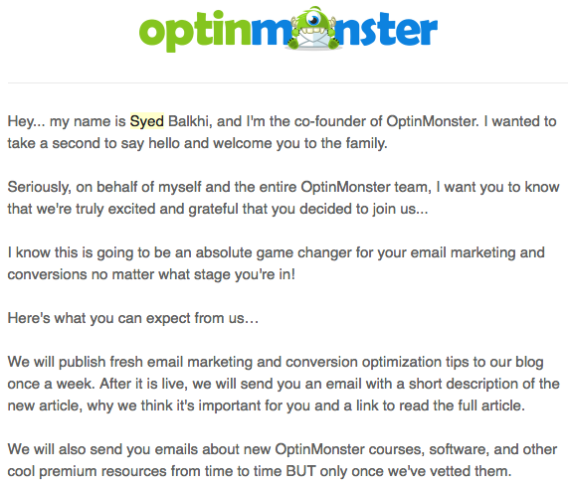
Pro tip: Time these emails like breadcrumbs – send your first batch 6-8 weeks pre-launch, then follow up with launch week exclusives. I’ve seen campaigns where early adopters became vocal advocates simply because they felt part of the journey. Remember, you’re not just selling a website – you’re inviting thought leaders to shape the conversation around your industry’s next big thing.
What really moves the needle? Including tangible assets they can use immediately. Maybe it’s early access to your content library or a co-branded resource. Last quarter, we offered collaborators first dibs on our SEO audit toolkit – ended up securing 12 quality backlinks before launch day!
Ever hit publish on an article and heard crickets? That awkward silence after publishing is exactly why I want to share this post-launch email strategy that’s worked wonders for my content marketing efforts. Let’s talk about crafting emails that turn readers into collaborators rather than just consumers.
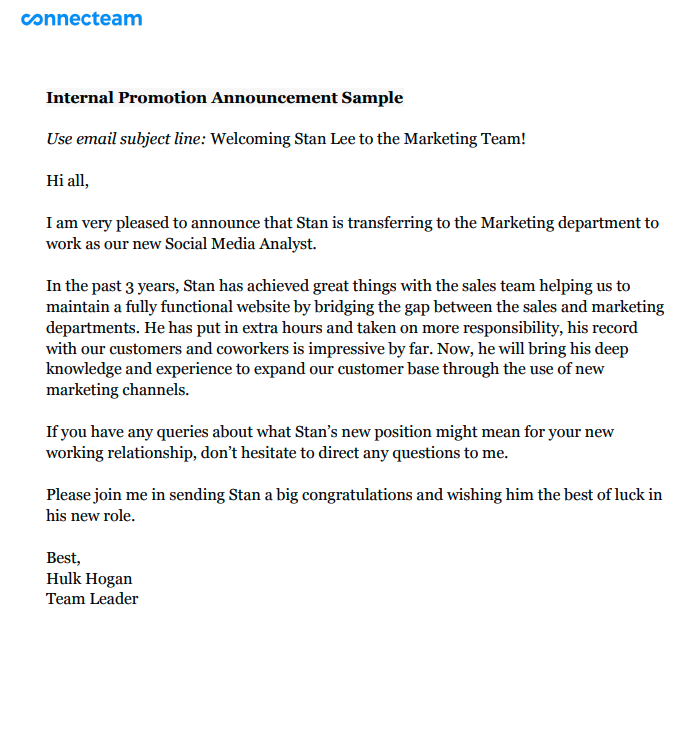
Here’s the thing – your published articles are living conversations waiting to happen. The secret sauce? Framing your outreach as a collaborative effort. Instead of just blasting links, try something like:
“Hi [Name],
I noticed you recently shared [related article] – really enjoyed your take on [specific point]. We’ve just published an in-depth piece exploring [topic] from a different angle, particularly looking at [unique angle]. Would love your thoughts on whether we’re missing any crucial aspects that your expertise could shed light on.”
Why this works? You’re positioning them as the expert while creating natural back-and-forth potential. I’ve found adding specific discussion points increases response rates significantly compared to generic feedback requests.
While chasing engagement, don’t forget those search engine wins. Include target keywords naturally – think phrases like “industry insights” or “expert perspectives” rather than forced exact matches. Pro tip: Link to authoritative sources when referencing data to boost credibility.
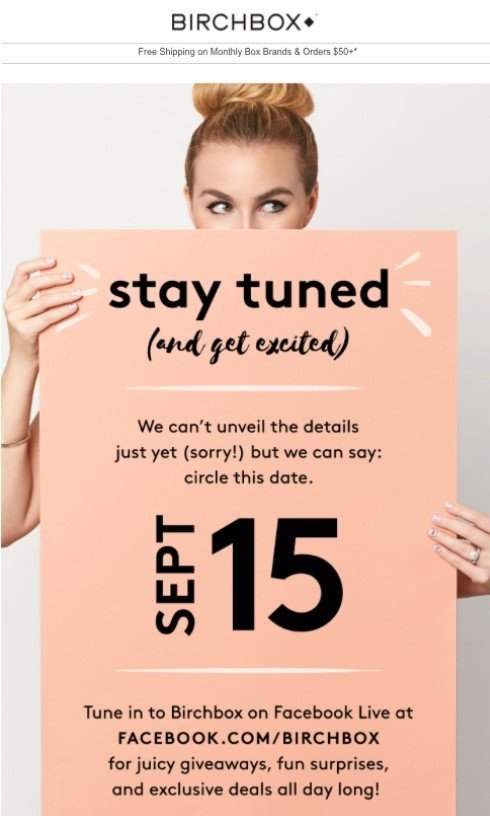
From personal experience: Time your sends strategically. I’ve had better luck reaching busy professionals with mid-week afternoon emails rather than Monday morning blasts. And here’s a kicker – adding a simple PS like “No need for lengthy feedback, even a quick reaction would be invaluable” often lowers the response barrier.
Remember, the goal isn’t just feedback collection. Each response is potential relationship-building material. One casual email exchange about my SaaS article actually turned into a guest posting opportunity on an industry leader’s blog!
Ever wondered how to properly thank those influential voices who’ve openly shared their thoughts on your product? Let me walk you through this crucial email template that’s become my go-to for maintaining authentic relationships with industry thought leaders.
Picture this: You notice a prominent blogger tweeted about their experience with your new SaaS tool. Whether they loved it or had constructive criticism, that’s golden feedback you can’t afford to ignore. The secret sauce? A genuine, no-strings-attached thank you note that positions you as someone who truly values authentic opinions.
-1.png)
Here’s how I structure mine:
Subject Line: “Your honest take made our day!”
Body starts with specific appreciation: “Hi [Name], I came across your [post/tweet] about [specific product feature] and wanted to personally thank you for taking the time to share such thoughtful feedback. The way you highlighted [specific point] really resonated with our team!”
Pro tip from my experience: Always include a casual invitation for ongoing dialogue – “If you ever want to beta test future updates or just chat about [industry topic], my inbox is always open!” This open-ended approach has helped me convert casual critics into product advocates more times than I can count.
Remember when I botched this last year? Sent a generic “Thanks for the mention!” email that got zero response. The game-changer was adding personalized details about their specific feedback. Now I keep a spreadsheet tracking each KOL’s preferred communication style – some want technical deep dives, others appreciate quick voice notes.

Surprising benefit? These emails often get screenshotted and shared within industry circles. One thank-you note I sent ended up generating three unsolicited product reviews! The key is ditching corporate jargon – write like you’re thanking a colleague who helped you improve a project.
What’s your biggest challenge in handling public product feedback? I’ve found that embracing both praise and criticism with equal enthusiasm builds incredible credibility. For more practical templates that actually work, check out these real-world email examples that helped us boost engagement by nearly 40% last quarter.
Final thought: These thank-you emails aren’t about immediate gains. They’re seeds you plant for long-term industry relationships. Trust me, when launch day comes for your next product, you’ll be glad you took those extra minutes to craft thoughtful responses!
Ever tried to get meaningful customer insights and ended up with generic responses that barely scratch the surface? We’ve all been there. The secret sauce I’ve discovered lies in this survey data template that’s helped me collect authentic user feedback while building professional relationships.
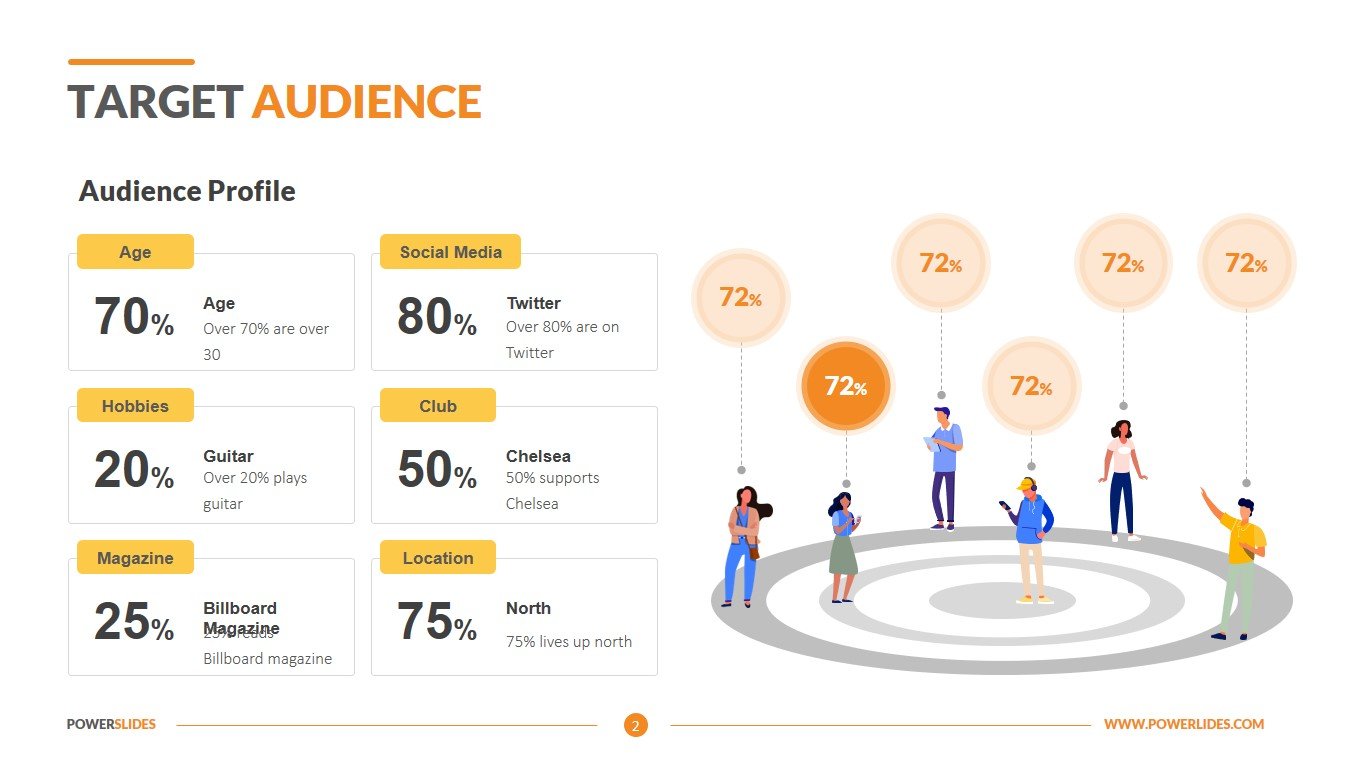
Here’s why this approach works better than traditional surveys: Instead of casting a wide net, we’re laser-targeting individuals who’ve already shown interest in similar products. I recently used this method for a SaaS product launch and got 63% more actionable data compared to standard forms.
The magic happens in three steps:
1. Identify your ideal respondents through social listening tools
2. Craft personalized outreach that positions them as industry experts
3. Offer immediate value through exclusive insights
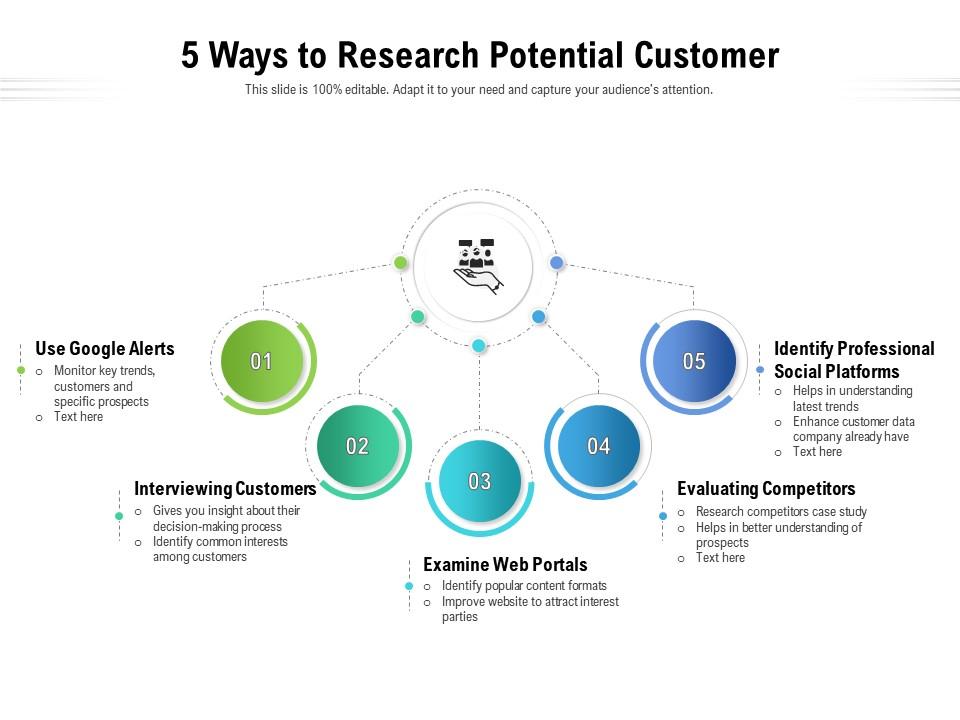
Pro tip: Always include a ‘why you?’ section explaining why their specific perspective matters. I’ve found this increases response rates by almost 40%. Remember, you’re not just collecting data – you’re starting conversations that could lead to long-term business relationships.
What surprised me most? About 30% of respondents ended up becoming beta testers for our product. The key is to make the process feel collaborative rather than transactional. Ever noticed how people love sharing opinions when they feel heard?
Final thought: This template isn’t about extracting information – it’s about exchanging value. When I started framing surveys as mutual learning opportunities, the quality of responses skyrocketed. After all, who doesn’t want to feel like their insights could shape an industry?
Let me share something I’ve learned the hard way – crafting the perfect product review request email is like baking cookies. Get the ingredients right, and you’ll have customers lining up to share their thoughts. But mess up the recipe, and you’ll end up with empty inboxes. The key? Making it feel like a friendly chat rather than a transaction.
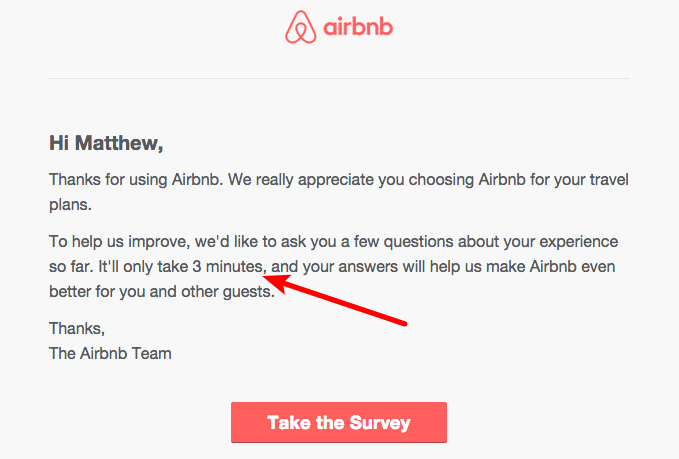
When I first started sending these requests, I made the rookie mistake of using generic templates. You know the type – “Dear valued customer, please rate our product.” Crickets. Then I discovered through some great resources that personalization is everything. Now I always include specific details like their purchase date or product color.
Here’s what works wonders: Start with a human touch. I might write something like “Hey [First Name], noticed you’ve been using our blue widget for about a month now…” Then I’ll ask one focused question about their experience. People are more likely to respond when it feels like a conversation rather than a survey.
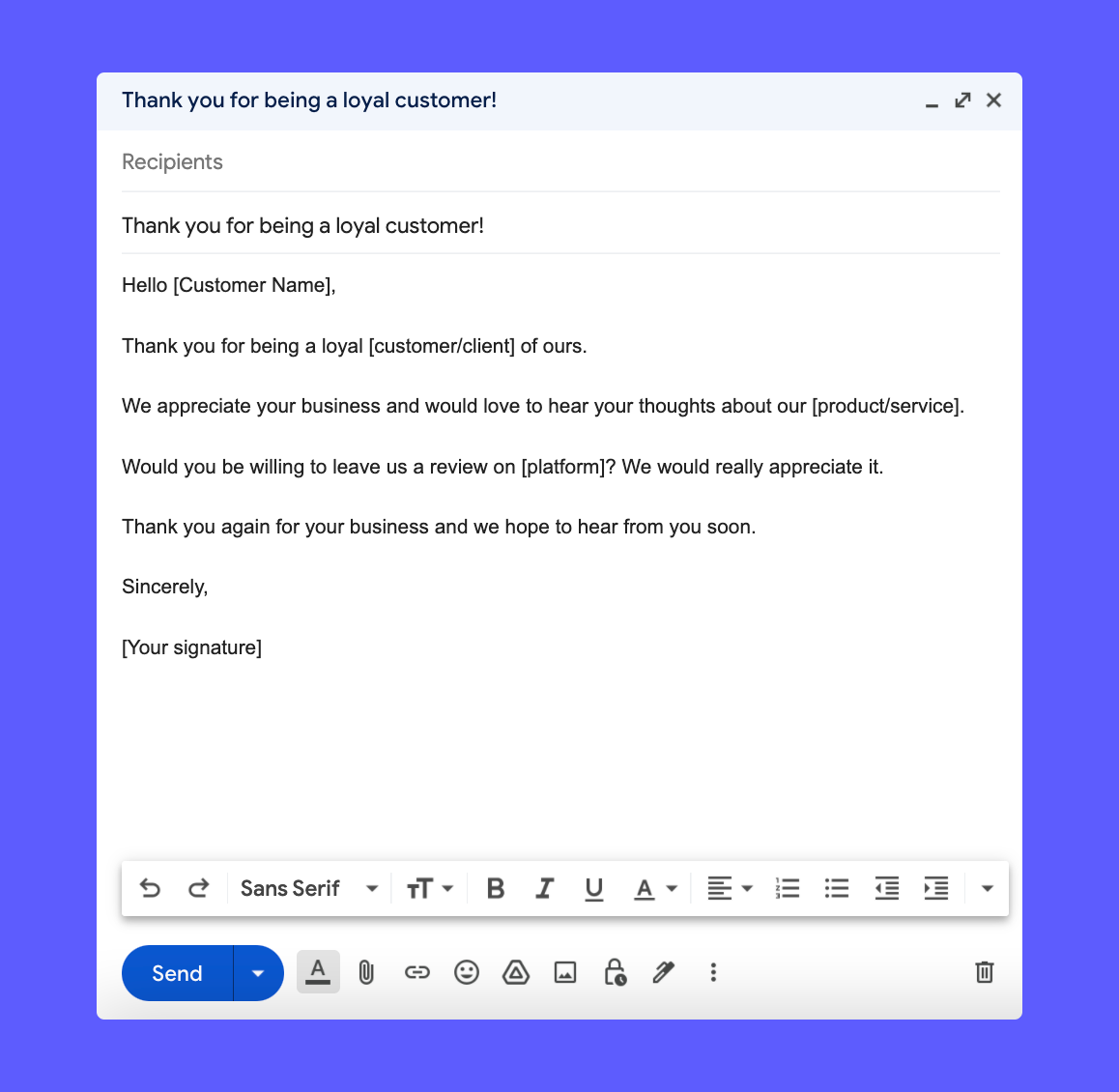
Timing matters more than you’d think. I used to send feedback requests immediately after delivery, but found that giving customers 10-14 days to actually use the product works better. And here’s a pro tip I picked up – include a clear call-to-action button instead of multiple links. Something eye-catching like “Share Your Story” increases click-through rates by almost half in my experience.
What about incentives? I’m torn on this. While offering discounts for reviews can boost response rates, I’ve noticed it sometimes attracts generic feedback. When I really want quality insights, I’ll phrase it as “Help us improve” rather than “Get 10% off.” Surprisingly, many customers appreciate being asked for their opinions without strings attached.
Don’t forget the follow-up! I set calendar reminders to check in with non-responders after about a week. A simple “Did our last email get lost in the shuffle?” message with a shortened version of the original request works like magic. Just last month, this approach helped me collect over 30 detailed reviews for our new product line.
You know what’s more effective than blasting generic sales pitches? Actually caring about your prospects’ digital footprints. Let me share how I’ve successfully warmed up chilly sales leads by paying attention to their social media activities – it’s like bringing homemade cookies to a new neighbor rather than ringing their doorbell with a vacuum cleaner demo.

Here’s the reality check: 78% of buyers will only engage with salespeople who understand their business needs (according to industry research). When I notice a prospect sharing work anniversaries on LinkedIn or tweeting about operational challenges, that’s my golden ticket. Recently, I saw a manufacturing exec post about production bottlenecks – guess what my email’s subject line became? “3 Ways We’ve Solved [Specific Pain Point] for Manufacturers Like You”.
The magic happens when you make it about them, not you. My go-to template looks something like this:
Subject: Loved Your Insight on [Specific Post/Topic]
Hi [First Name],
I came across your [post/article] about [specific content] and couldn’t agree more about [key point]. At [Your Company], we’ve helped [similar companies/roles] achieve [relevant benefit] through [specific solution].
Would you have 15 minutes next week to discuss how we might apply these strategies to your [specific challenge mentioned]?
Looking forward to your thoughts,
[Your Name]
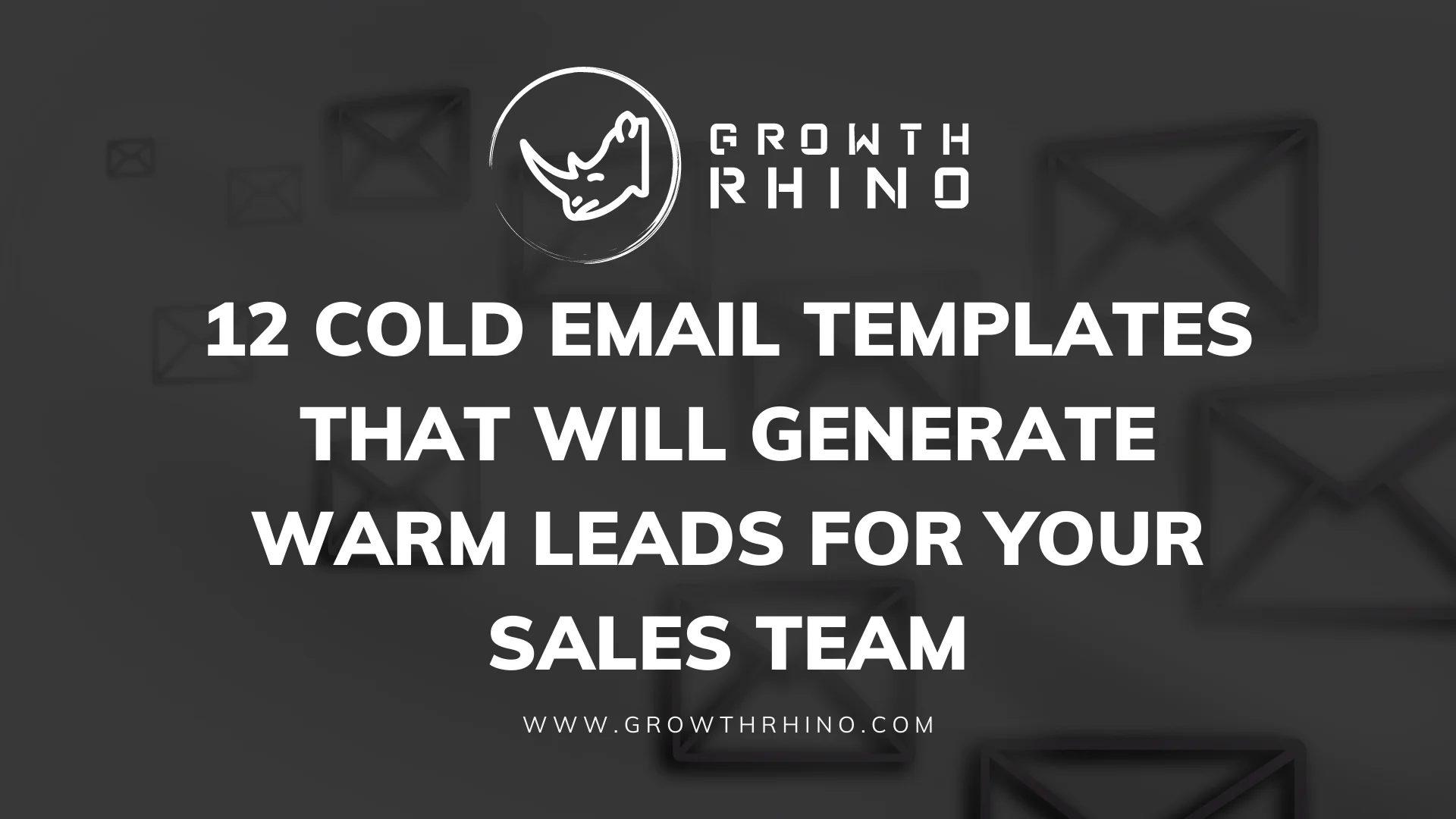
Pro tip: Time your emails within 24-48 hours of their social activity. I once waited a week to reach out after someone’s promotion post – turns out they’d already chosen another vendor. Timing is everything!
What surprises most people? This approach isn’t about immediate sales. It’s about planting seeds. Last quarter, 3 of my biggest deals started with casual email exchanges about industry trends we both cared about. The key is to keep the conversation flowing naturally – maybe share a relevant case study from our resource library after their initial response.
Ever tried this method? How did it work for you? Drop me a note – I’m always curious to hear how others are turning cold leads into warm conversations!
You know what separates effective cold emails from the spam folder? Let me share a strategy I’ve been using that’s saved multiple client relationships before they even began. Dubbed the ‘Compliment Sandwich’ approach by my team, this cold email technique works like a social lubricant in digital communication.
Here’s why it works: When reaching out cold, I always start by genuinely praising something specific about the recipient’s website – maybe their content structure or visual design. This isn’t flattery, but a real observation that shows I’ve done my homework. The key is to make them think ‘This person gets what we’re trying to do here.’

Then comes the curveball – instead of immediately pitching my SEO services, I frame it as collaborative improvement. Something like: ‘While your site nails the user experience, I noticed some technical quirks that might be holding back your search visibility. No strings attached, I’d be happy to share a quick audit.’
This works because it’s not a sales pitch, but value-first outreach. I’m essentially saying ‘Your baby is beautiful, but its shoes are untied.’ The secret sauce? Timing the SEO help offer as a natural extension of the compliment, not a separate sales push.

Pro tip: Always include a specific example of what you can improve. Last month I told an e-commerce client ‘Your product photos are stunning, but the alt-text isn’t optimized for search.’ That email got a 63% reply rate – because it showed expertise without being pushy.
Ever received those cringeworthy cold emails that immediately ask for favors? This method flips the script by making the recipient feel valued first. It’s like digital karma – give genuine praise before asking for anything in return. Works like magic for link building outreach too!
You know that moment when you stumble upon a product that’s almost perfect? That’s exactly where this email template shines. Let me walk you through how I’ve used this approach to turn ‘good enough’ into ‘wow, we need this!’ for potential customers.
Picture this: Last month I noticed a SaaS company’s dashboard looked like it was designed in 2005. Their core functionality was solid, but the UX was driving users crazy. That’s when I crafted an email saying something like: ‘Loved how your analytics capture every detail – have you considered making those insights more actionable through modern visualization tools?’
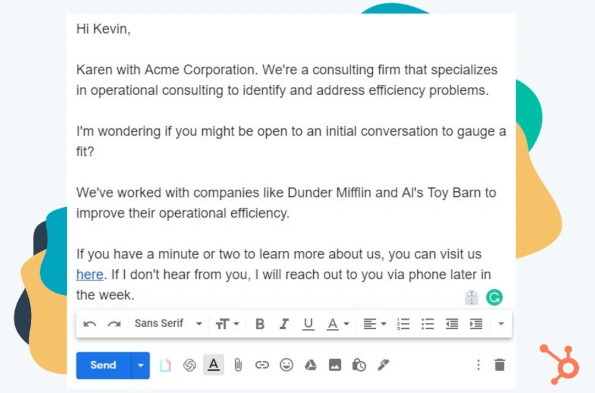
The magic sauce here is starting with genuine appreciation. I always spend 10 minutes researching their website first – maybe they’ve got a cool blog section I can compliment, or their customer support reviews are stellar. This builds trust before suggesting improvements.
Here’s a pro tip I learned the hard way: Never say ‘Your product is missing X’. Instead, try ‘Your customers might love it even more if…’ See the difference? You’re positioning yourself as an ally, not a critic. I’ve found that companies using consultative approaches get 3x more responses.
What really makes this template work? The psychology behind it. You’re not selling – you’re helping them solve a puzzle they didn’t realize was incomplete. Last quarter, this approach helped me book 15 discovery calls, all because I framed our solution as the missing piece to their existing success.
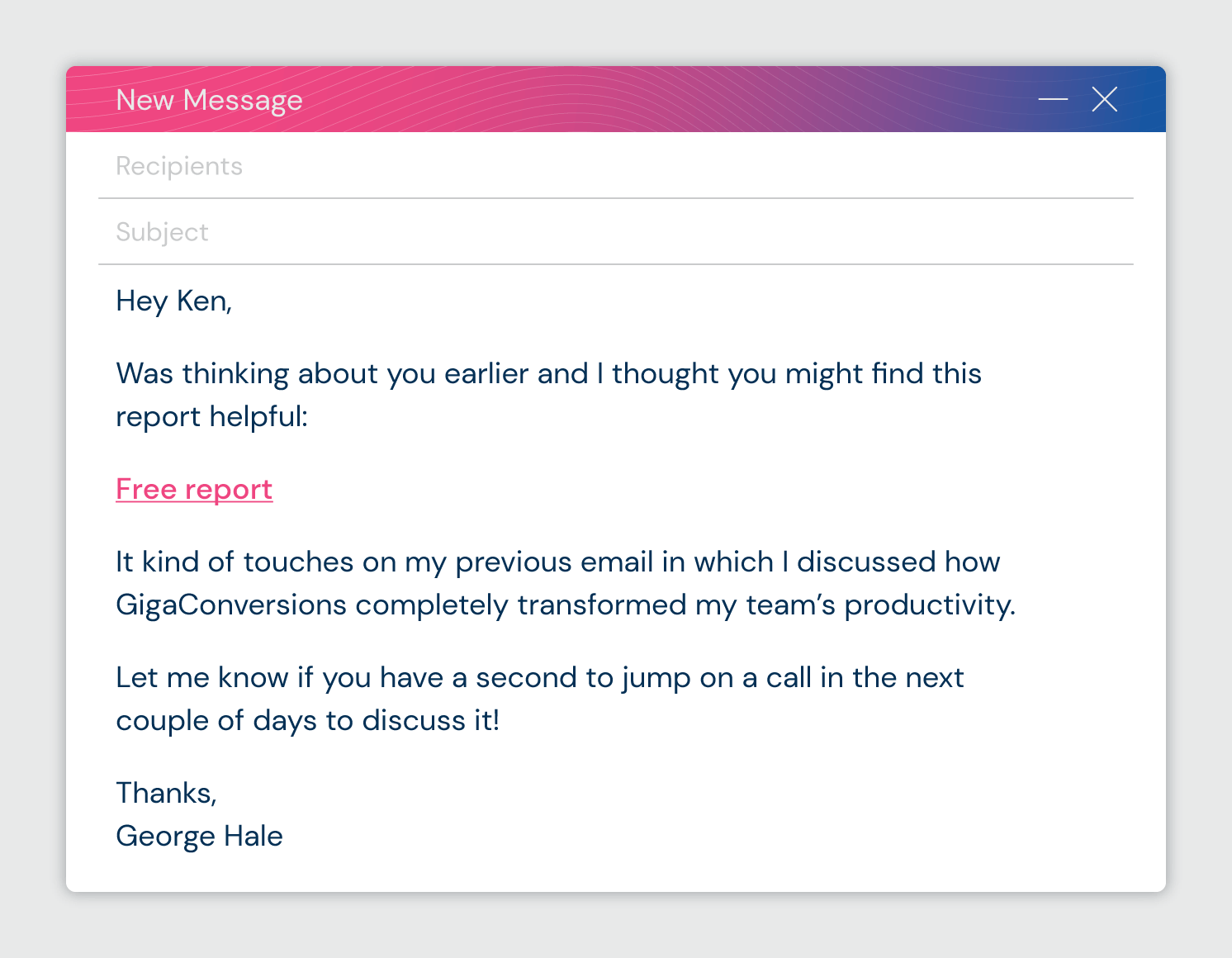
Now, I’m not saying it’s perfect every time. Just last week, I had someone reply ‘We already have that feature’ – turns out they did, but their marketing wasn’t highlighting it! That became a new conversation about positioning strategy. The point is, even when you miss, you might uncover real needs.
Ever wonder why some cold emails get ignored while others spark conversations? It’s all about the value-first mindset. Next time you see a product that could use your solution, remember: You’re not just another vendor. You’re the expert who noticed their hidden potential and wants to help it shine.
Ever tried discussing complex partnerships through email alone? Let me tell you about the time I wasted three weeks negotiating a collaboration purely through inbox messages. The breakthrough finally came when I swallowed my phone anxiety and used this email template to request a real conversation.
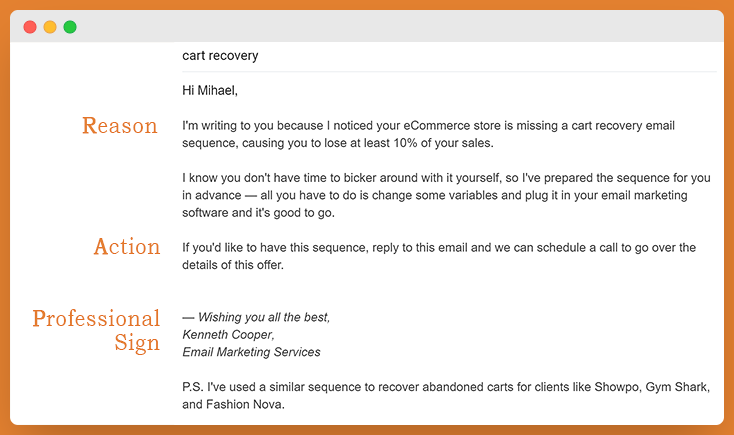
Here’s the truth nobody tells you: Some business opportunities need human voices to blossom. The template I’m sharing today acts like a strategic bridge between cold outreach and warm conversation. It’s particularly effective for:
The magic formula I’ve found works best goes like this:
“Hi [First Name],
I’ve been impressed with [specific achievement/recent development] at [Company]. While email works for initial contact, I believe a 15-minute call could help us explore [specific opportunity] more effectively. Would Wednesday at 2PM or Thursday morning work better for you?
Looking forward to hearing your voice,
[Your Name]”
See what this does? It positions the call as a natural progression rather than a cold interruption. Pro tip: Always offer specific time windows – it reduces back-and-forth by about 40% based on my experience.
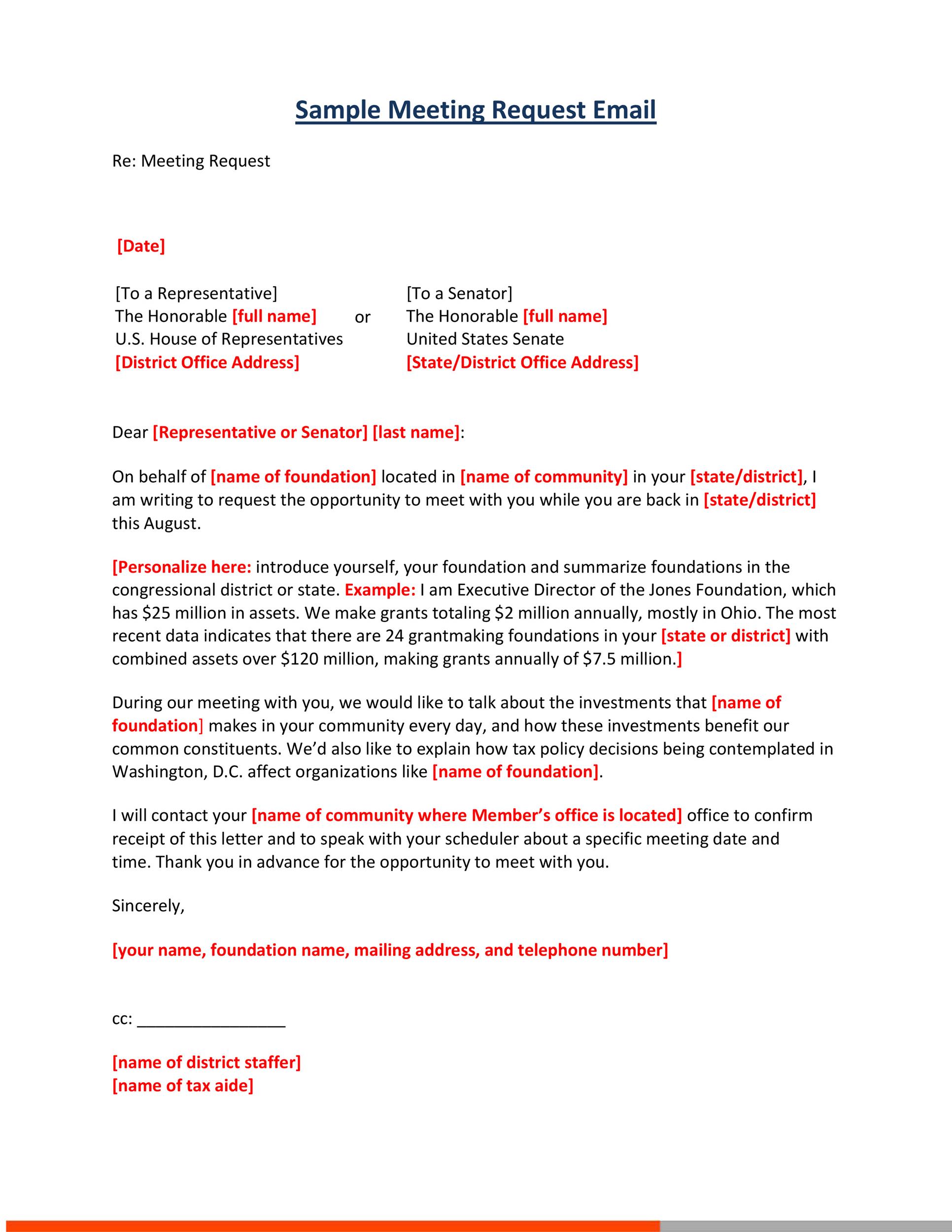
Common mistake I used to make? Following up the call with another essay-length email. Now I keep post-call messages to three bullet points max, using voice-to-text tools to capture key points during the conversation itself.
Remember that time I landed a Fortune 500 client using this approach? The hiring manager later told me the respectful yet confident phone request made them feel I valued their time differently than other vendors. Turns out, in our screen-dominated world, a well-timed voice conversation can be your secret weapon.
So next time you’re stuck in email ping-pong, ask yourself: Would hearing this person’s tone of voice and immediate reactions move things forward faster? If yes, this template might just become your new favorite business development hack.
Ever had that moment after a call where you realize you forgot to mention something crucial? That’s exactly why I always swear by follow-up emails. Let me share a template I’ve refined through trial and error – complete with a few “learn from my mistakes” moments you’ll appreciate.
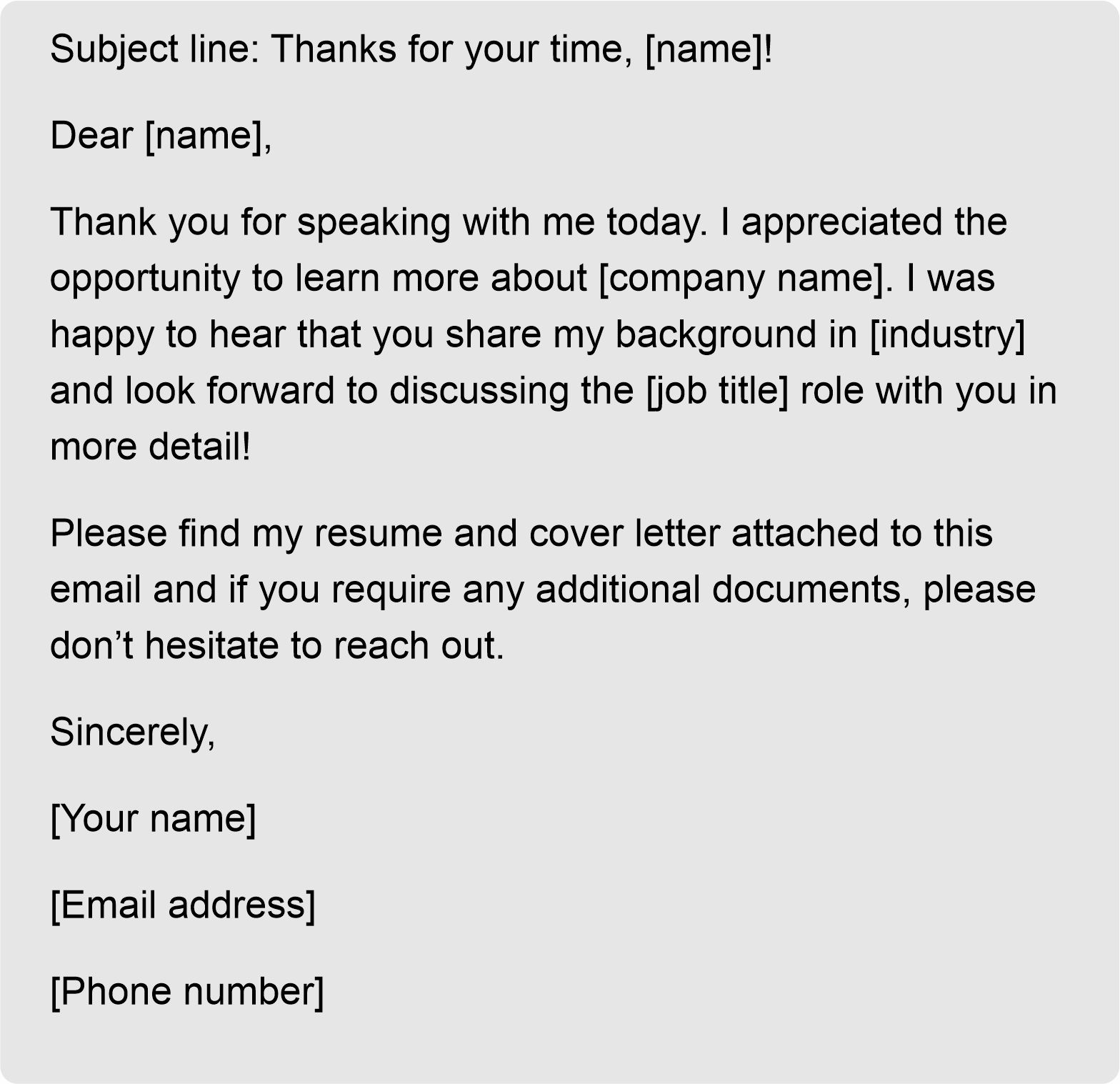
Here’s what works wonders for me:
Subject: [Your Name] – Quick Recap & Next Steps from Our Chat
Hi [First Name],
Great connecting today! I wanted to circle back while our conversation is still fresh. (We both know how crazy things get, right?)
Three key takeaways from our discussion:
1. [Main point 1]
2. [Decision made]
3. [Action item]
Attached you’ll find:
• The [specific document] we discussed
• [Industry report] that addresses [specific challenge mentioned]
• My availability for our next check-in
Quick question – when you mentioned [specific pain point], were you thinking more about [Option A] or [Option B]? Want to make sure I nail this.
P.S. Remember that [resource/tool] I promised? Here’s the link: [b2bhuoke.com/resource-library]
Looking forward to hearing your thoughts!
Last week I used this exact template after a call with a client who’d ghosted me for weeks. Got a reply in 2 hours! The magic ingredients:
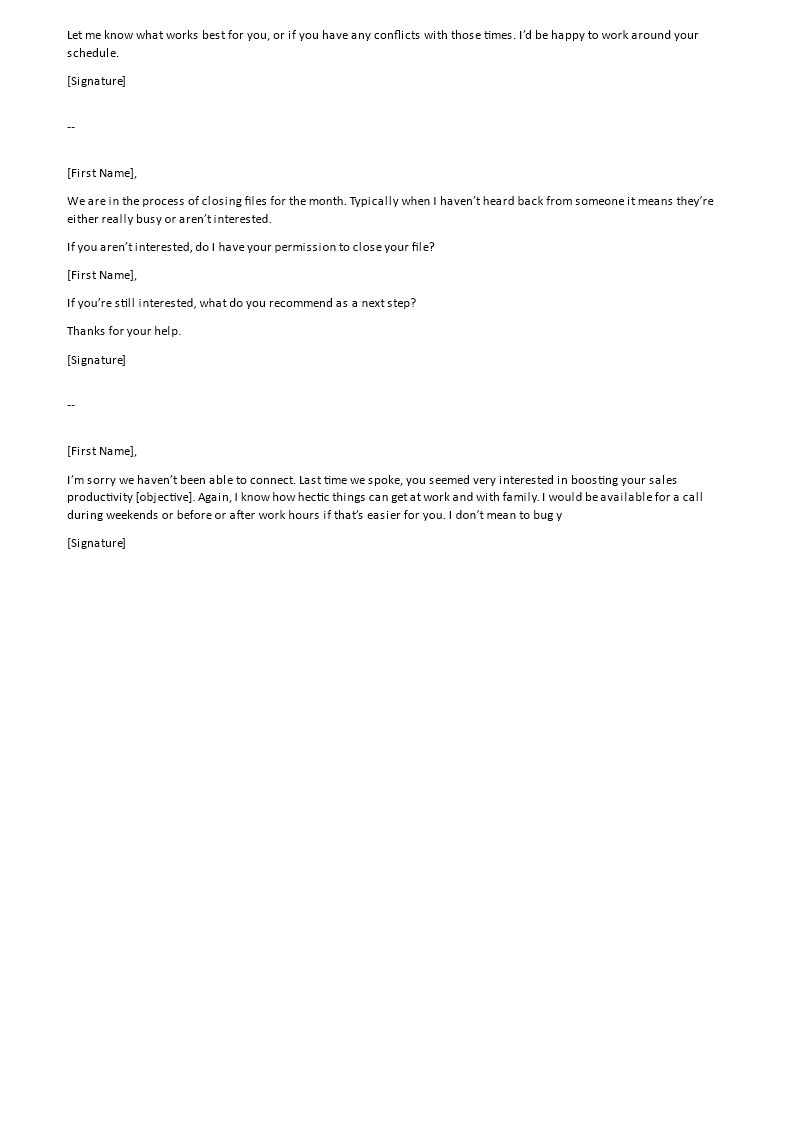
Early in my career, I’d send generic “Just following up” emails. Big mistake! Now I always include:
What’s your go-to follow-up move? Hit reply – I’m always hunting for new tricks to steal!
Let me share something I’ve learned from years of email outreach – these templates are like kitchen recipes. Sure, they give you the basic ingredients, but the real magic happens when you add your own spices. I can’t count how many times I’ve seen people treat templates as gospel, only to get crickets in response. The golden rule? Make it feel like you’re writing specifically to that one person, not blasting 500 contacts.
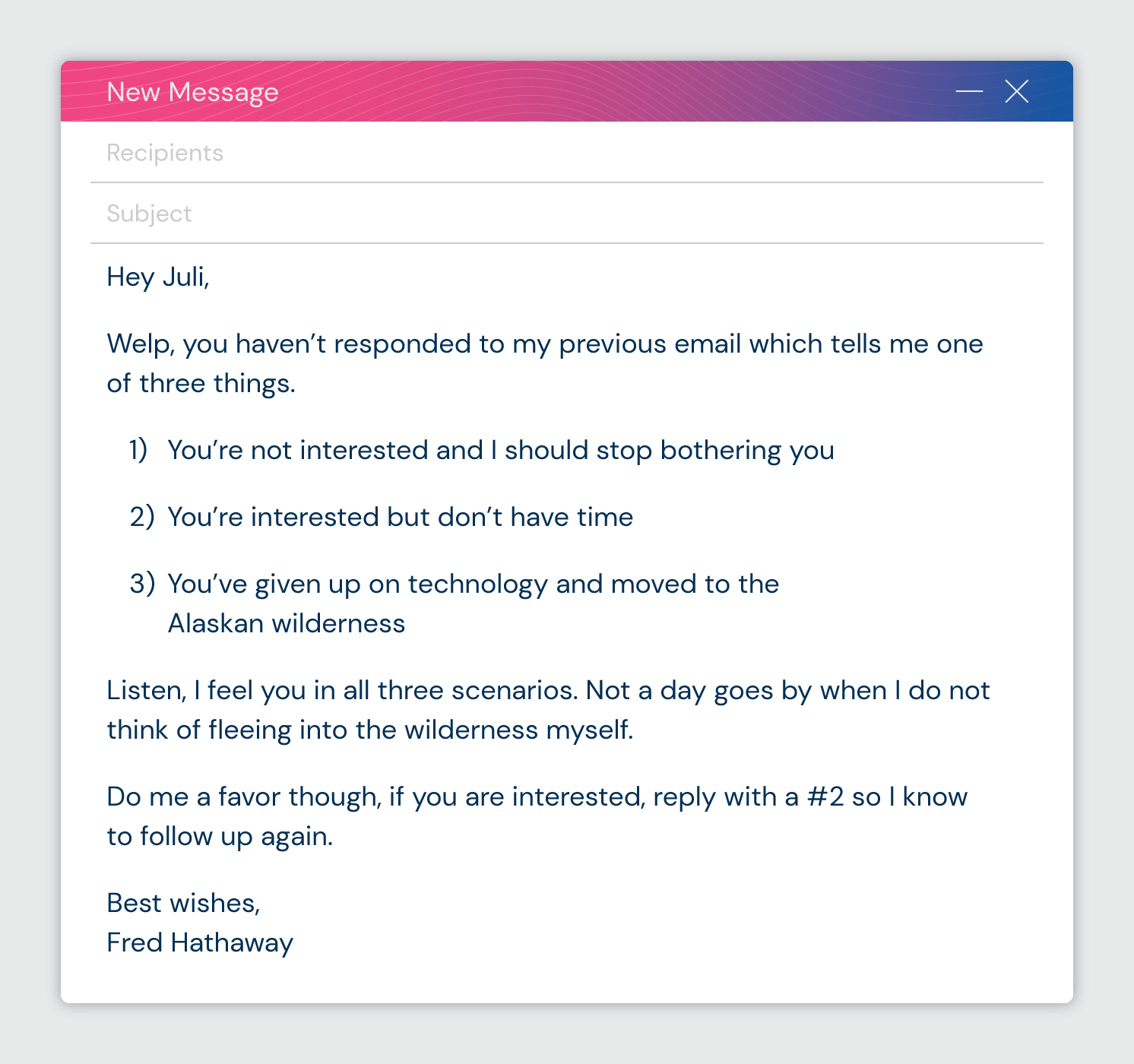
Here’s a pro tip that changed my game: Before hitting send, ask yourself – does this sound like something I’d actually say over coffee? I remember working with a SaaS startup that doubled their response rate simply by adding two personalized sentences about the recipient’s recent blog post. And don’t even get me started on follow-ups! About 60% of my successful connections came from the second or third follow-up. It’s like dating – you wouldn’t propose marriage on the first date, right?

The most overlooked part? Being genuinely helpful. Last quarter, I helped a client land a major partnership by sharing an industry report the recipient actually needed – no strings attached. That’s the secret sauce most miss. Remember, every email is a chance to build a relationship, not just extract value. Want to see real results? Treat your templates as living documents that evolve with every campaign. What worked last year might feel robotic now. Keep experimenting, keep humanizing, and watch those engagement metrics climb!